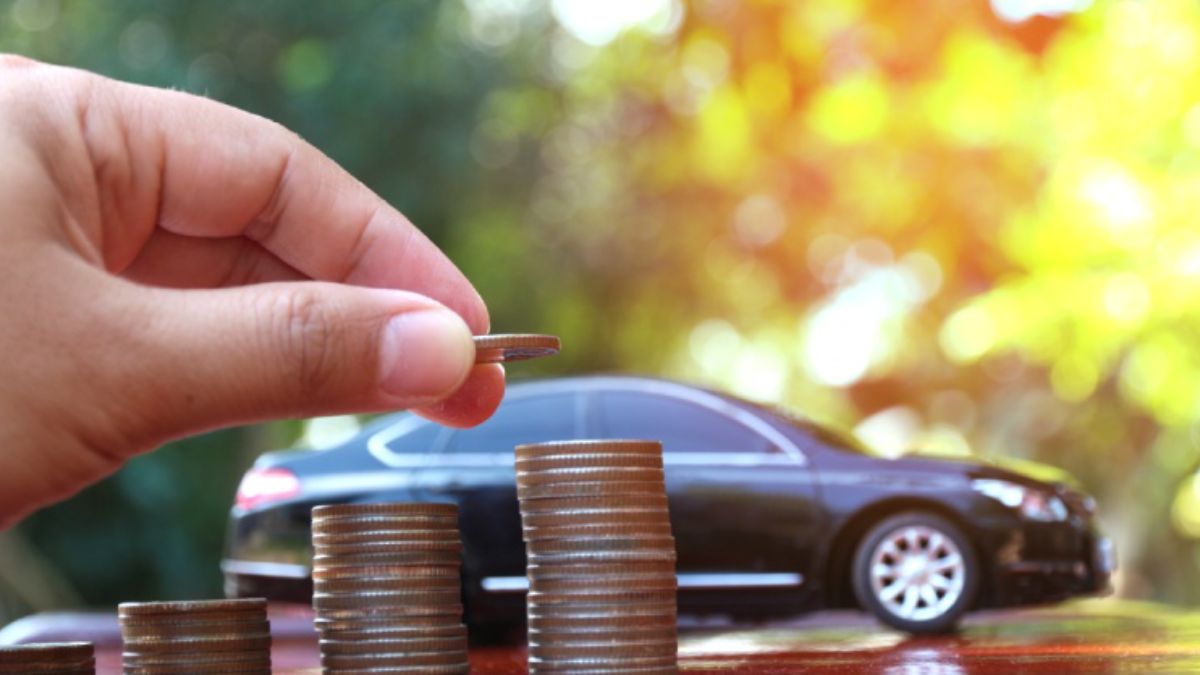
Key takeaways
- Your tax refund can boost your down payment, helping you save by borrowing less.
- Paying off a portion of your current car loan can make you potentially pay less interest.
- Tax refunds can be used as a rainy-day fund to cover car payments in case your finances change during the year.
According to the IRS analysis, the average tax refund paid out so far in 2024 is a little over $3,000. This can make a bigger dent in a car down payment or paying off your current automatic loan. If you expect the same amount, plan to take advantage of that money and use your tax refund to buy a car this year.
3 options to get a car with your tax refund
There are some ways you can fund a tax-return car purchase. Depending on your current financial situation, determine which route is best for you and your wallet.
1. Pay down your queued loan or go for a lease.
Although this will mean no new car smell, paying down your current loan can be a financially wise decision. Go with your tax refund to make additional payments or pay the entire balance in full. But prior to using your refund to pay down your loan, go through the fine print on your loan agreement to save on any potential early payment fees.
If you are currently leasing your vehicle, you could put your tax refund toward buying out your lease. If the car has a greater value than the buyout cost and you want to keep driving it, this may be a decent option to explore.
But your car loan is not your top financial priority. Analyze the interest rates on your other debts with your car loan. If you have high-interest credit card debt, you will likely save more by paying it off than your car loan.
2. Make a down payment on your vehicle.
If you make a higher down payment on your vehicle, the lower your monthly cost and the less interest you have to pay over time. Experts suggest paying 20% of the vehicle’s value as a down payment, so using your tax refund to make a huge down payment on a vehicle is a great way to pay less overall.
A down payment calculator helps you provide an estimation of how much money you can save. If your refund isn’t large enough to cover the full 20% down payment, you should still use your trade-in and savings to make up the difference.
3. Lease a new vehicle.
Leasing a vehicle allows those who want to get behind a newer, decent vehicle to do so at a lower price than buying. With more money available, you can pay a higher down payment for the vehicle to minimize your monthly cost. However, putting a down payment on a leased vehicle isn’t ideal unless you need to lower the monthly payment.
If you make a down payment, it does not impact the overall cost of leasing, and you will be out that money if the car gets totaled.
Another option is to use your tax return as a down payment and put the money into a bank account. Use it to cover a few months of future lease payments when money is hard and tight.
However, leasing gives a lot of perks—the latest technology and the ability to drive various vehicles—and I prefer both the pros and cons of leasing before signing off.
How to use your tax refund to buy a car: top tips
Go for these tips after your tax refund occurs in the mail or your bank account.
- Don’t let the dealer know about it. Gaining extra cash through the refund process is exciting; do not make it public when at the lot. How much money you have can hurt your chances of wonderful bargaining.
- Keep your budget in mind. The extra money you have received will not stay forever, so don’t get carried away and disregard any budget you typically follow. This is very important when it comes to financing a vehicle. Be sure you are able to pay a loan you can still afford as the months pass.
- Don’t rush the process. If a new vehicle is in your future, find out what vehicle you want and which financing option is the best that will save you money before tax season ends. That way, once you receive your check, you won’t feel burdened to make a huge financial decision on a whim.
- Consider buying used. Look at less-expensive used vehicles to make the most of your refund. You can find out the difference in cost between a new and used vehicle to see how your tax refund can elasticate further.
- Do your research. If you plan to buy used, approach a vehicle history recorder and have the car inspected by a mechanic. These steps will help you recover from ongoing problems with the car, which could save you serious money.
The bottom line
Taxes are due on April 15. If you file by then, you’ll likely get your refund just before Memorial Day, which may give you an opportunity to land a better option. By taking the time to decide, you can get the most out of your refund and maybe even drive off with a new car.
